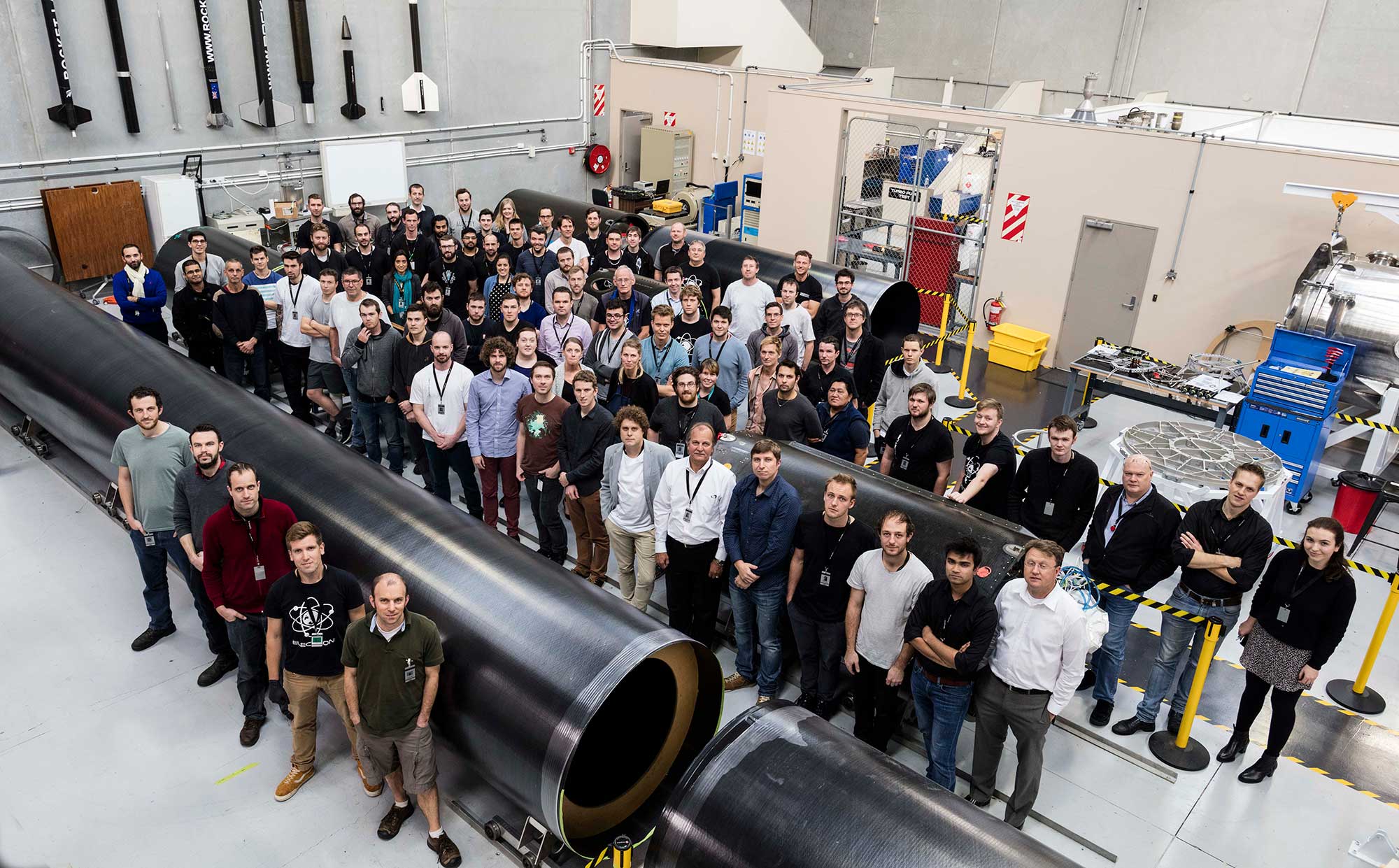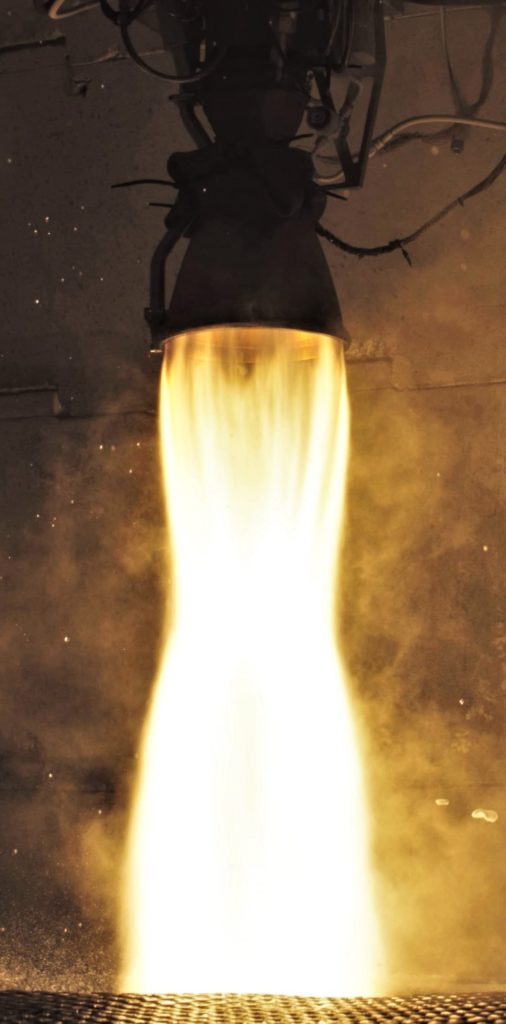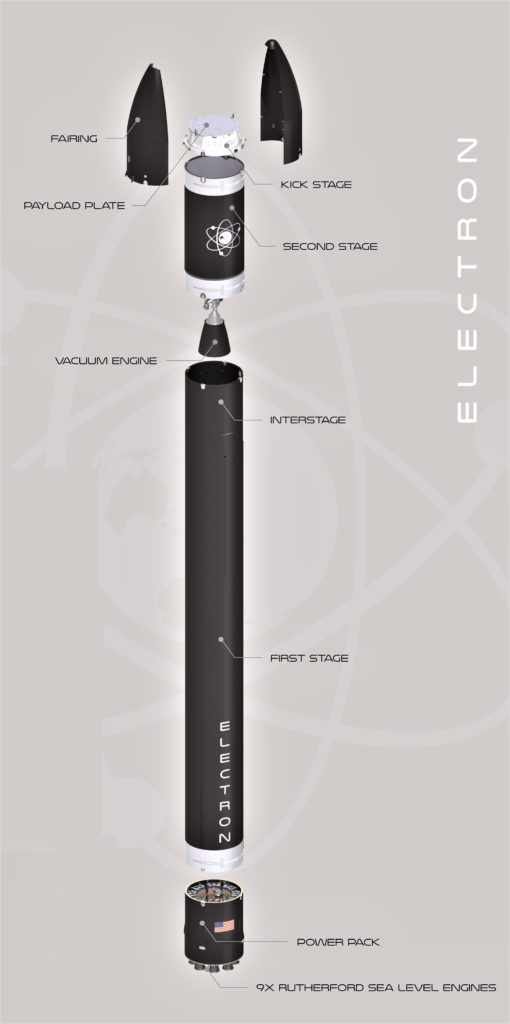
Tesla filed a suit against self-driving car startup Zoox and four former employees on Wednesday, accusing the parties of stealing proprietary information.
The company claims that the four ex-employees, who moved to self-driving startup Zoox after their work at Tesla, took information pertaining to its WARP system, a software platform developed by the company to manage processes such as manufacturing, warehousing, inventory, and other pertinent tasks. Tesla alleges that these information was used for Zoox’s advantage.
In its suit, Tesla notes that the stolen “proprietary information and trade secrets help(ed) Zoox leapfrog past years of work needed to develop and run its own warehousing, logistics, and inventory control operations.”
In a separate case, the company also mentions that another ex-Tesla employee stole trade secrets that are related to the company’s Autopilot driver-assist system before moving to Chinese electric car company Xiaopeng Motors (XPeng), as noted by The Verge.
The four former employees accused by Tesla are Scott Turner, Sydney Cooper, Christian Dement, and Craigh Emigh. In its claims, Tesla noted that Turner, a former manager at a distribution center, specifically sent two confidential documents to his personal email address with the questionable words “you sly dog you.” Dement, a former warehouse supervisor, allegedly sent a message from his work email to his personal email address that included four documents with sensitive information. The subject of Dement’s message? “Good Stuff.”
Tesla also notes that while Emigh was already working for Zoox, he ended up sending a message to Cooper’s old Tesla email account with a document attached. The document featured the Zoox logo, but it reportedly included overt references to Tesla’s original information. Tesla argues that this shows “without doubt, that the Defendants are actively using the Tesla information they stole.”
Neither Tesla nor Zoox has so far issued a comment about the electric car maker’s recent legal claims.
Both Tesla and Zoox are aiming to develop self-driving technologies. Tesla CEO Elon Musk has stated that the company’s Full Self-Driving suite would be ready in the near future, while Zoox is planning to launch a ride-hailing service by the end of 2020.

<!–
–>
var disqus_shortname = «teslarati»;
var disqus_title = «Tesla files suit against Zoox, ex-employees over alleged theft of trade secrets»;
var disqus_url = «https://www.teslarati.com/tesla-lawsuit-zoox-ex-employees-trade-secrets/»;
var disqus_identifier = «teslarati-98370»;































